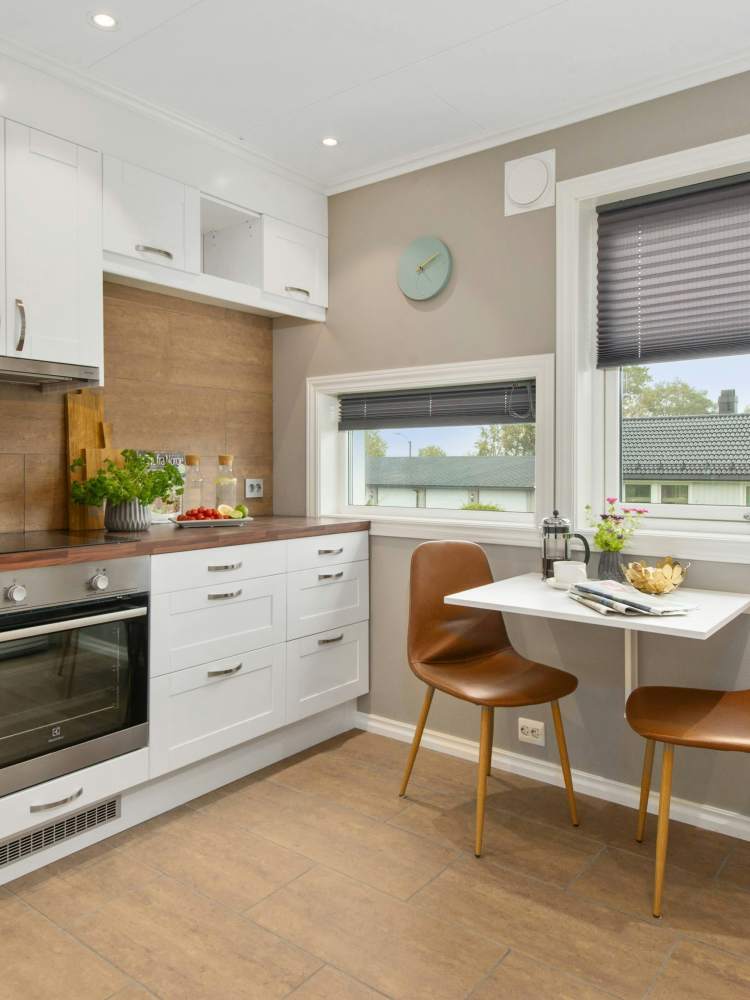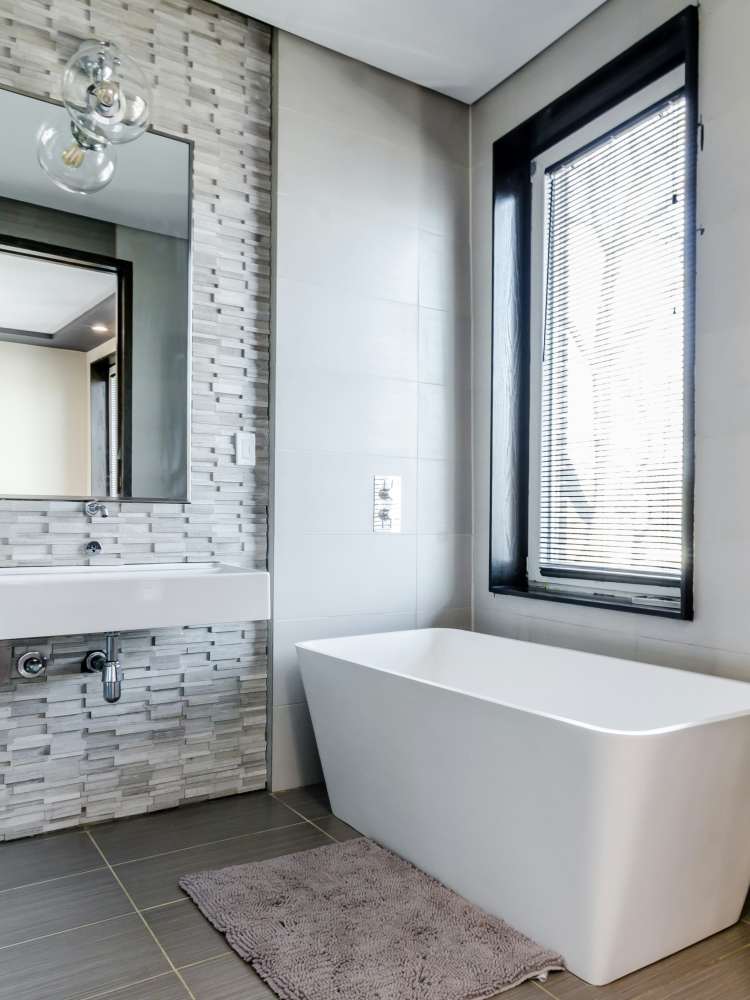Chronicle Mill
- 10 units available
- 1 bed • 2 bed
- Amenities
In unit laundry, Patio / balcony, Granite counters, Hardwood floors, Dishwasher, Pet friendly + more
In unit laundry, Patio / balcony, Granite counters, Hardwood floors, Dishwasher, Pet friendly + more
In unit laundry, Patio / balcony, Dishwasher, Pet friendly, Parking, Recently renovated + more
In unit laundry, Pet friendly, Garage, Stainless steel, 24hr gym, Pool + more
In unit laundry, Patio / balcony, Granite counters, Pet friendly, Stainless steel, Walk in closets + more

Patio / balcony, Pet friendly, Pool, Extra storage, Microwave, and Refrigerator
On-site laundry, Patio / balcony, Hardwood floors, Dishwasher, Dogs allowed, Recently renovated + more
In unit laundry, Patio / balcony, Hardwood floors, Dishwasher, Pet friendly, Garage + more
Hardwood floors, Pet friendly, Carport, Recently renovated, Ceiling fan, and Trash valet

On-site laundry, Dishwasher, Garage, Air conditioning, Fireplace, and Microwave
Granite counters, Dishwasher, Garage, Stainless steel, Walk in closets, Fireplace + more
In unit laundry, Dishwasher, Pet friendly, Garage, Walk in closets, Concierge + more
Patio / balcony, Granite counters, Pet friendly, and Refrigerator
On-site laundry, Granite counters, and Pet friendly
W/D hookup, Patio / balcony, Hardwood floors, Dishwasher, Parking, and Range
Searching for an apartment for rent in Belmont, NC? Look no further! Apartment List will help you find a perfect apartment near you. There are 20 available rental units listed on Apartment List in Belmont. Click on listings to see photos, floorplans, amenities, prices and availability, and much more!
The average rent in Belmont is Ask for a studio, $1,646 for a one-bedroom apartment, and $1,763 for a two-bedroom apartment. If you are looking for a deal, keep an eye out for a red pulsing icon that indicates rent specials.
Tired of browsing? Take our personalized quiz. You’ll answer a couple of simple questions and we’ll put together a list of Belmont apartments that are best for you. We’ll also factor in your commute, budget, and preferred amenities. Looking for a pet-friendly rental, or an apartment with in-unit washer and dryer? No problem, we’ll provide you with apartments that match that criteria.
You can trust Apartment List to help you find your next Belmont, NC apartment rental! After all, everyone deserves a home they love.
Belmont was home to some 20 textile mills in the early 20th century, which were responsible for expanding the town's population from 145 in 1900 to nearly 4,000 in 1930.
Belmont, North Carolina is the quintessential American suburb
View Belmont City GuideBelmont was home to some 20 textile mills in the early 20th century, which were responsible for expanding the town's population from 145 in 1900 to nearly 4,000 in 1930.
Belmont, North Carolina is the quintessential American suburb
